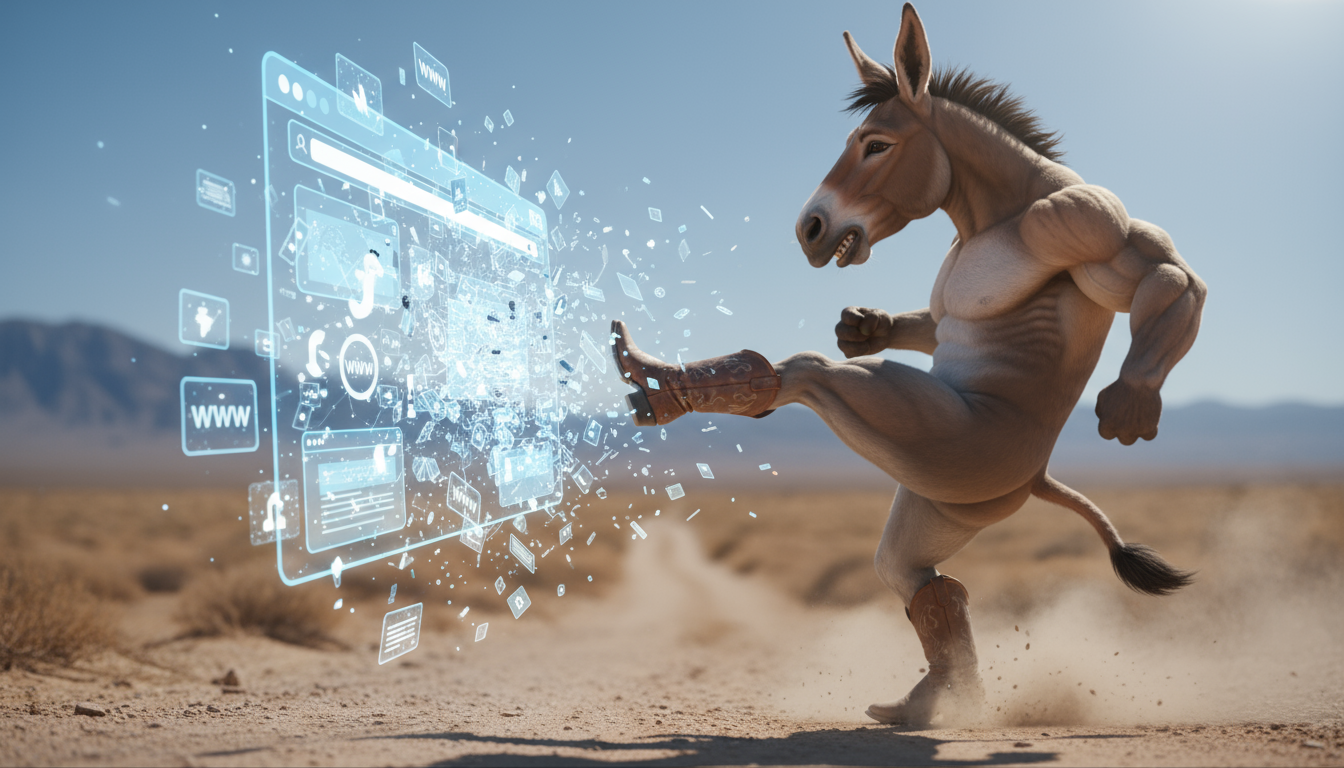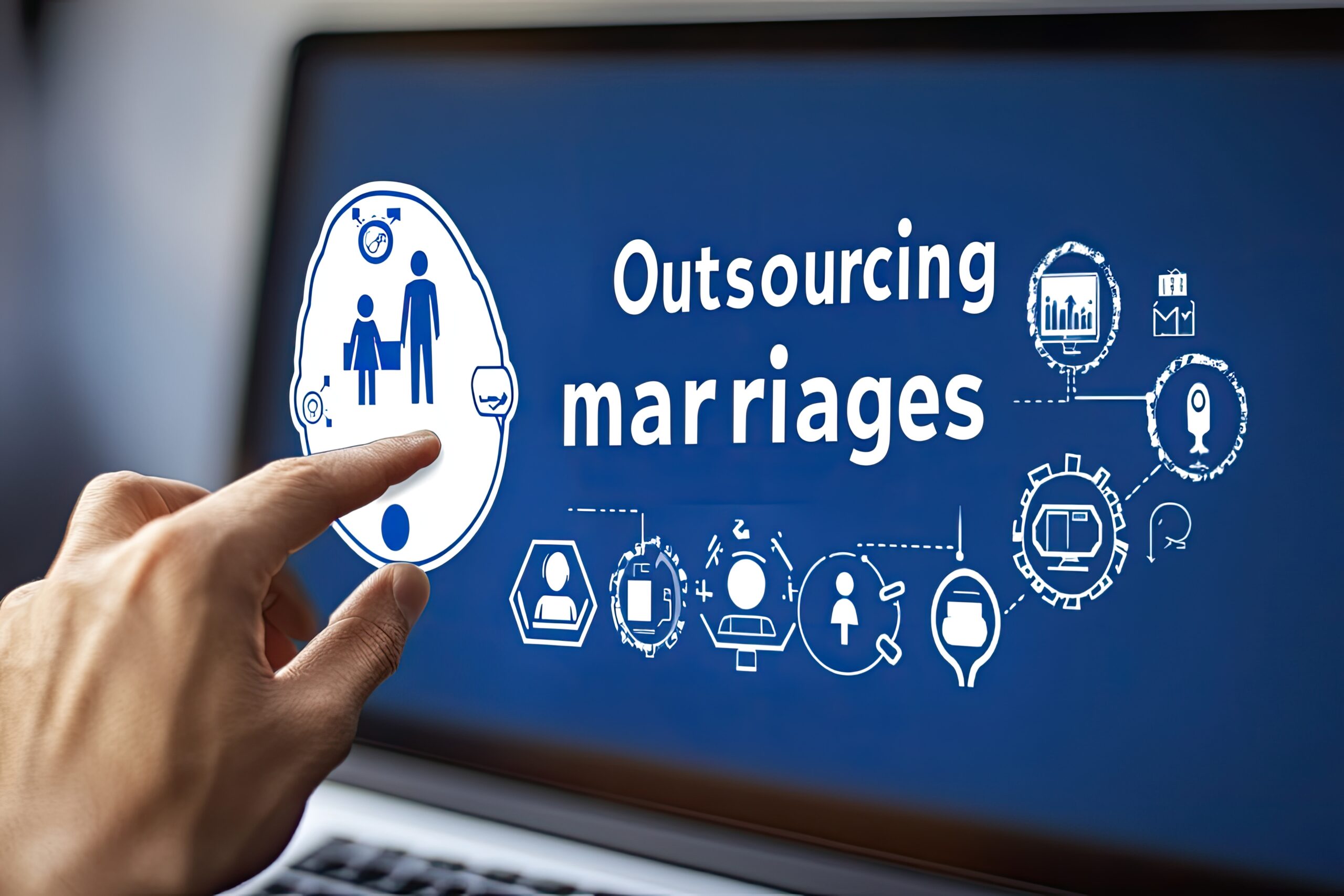Only the Lonely
 I have been working from home since 2001, so I have become more accustomed to working alone than most.
I have been working from home since 2001, so I have become more accustomed to working alone than most.
I understand that during the pandemic in 2020, people were reluctant to be away from the office, but it wasn’t primarily because they had to adapt to new technology at home. What they truly missed was the social interaction with other people.
81% of Americans used video calls, and 43% described at least one type of video call or conference as new to them.
Zoom meetings exploded from 10 million in December 2019 to 350 million by April 2020, while 30% of global companies started using video conferencing for the first time.
But that is not the whole story when it comes to the loneliness epidemic.
The Pandemic Social Epidemic
 In 2023, the U.S. Surgeon General declared loneliness and isolation to be an epidemic, citing widespread risks to both mental and physical health. Loneliness peaked during the pandemic: in early 2021, 36% of all Americans—including 61% of young adults—reported “serious loneliness.” Loneliness is linked not just to isolation, but also to increased screen time, remote work, moving cities, and decreased face-to-face interactions—trends accelerated by COVID closures. WHY?
In 2023, the U.S. Surgeon General declared loneliness and isolation to be an epidemic, citing widespread risks to both mental and physical health. Loneliness peaked during the pandemic: in early 2021, 36% of all Americans—including 61% of young adults—reported “serious loneliness.” Loneliness is linked not just to isolation, but also to increased screen time, remote work, moving cities, and decreased face-to-face interactions—trends accelerated by COVID closures. WHY?
- People are moving more frequently, leading to weaker networks and separation from community and family.
- Texting started replacing more personal communication (like phone calls and face-to-face interactions), sometimes making connections feel less authentic and increasing social isolation for some.
- Increased screen time, digital interactions, and social media led to reduced face-to-face contact.
- This led to more superficial relationships, especially affecting younger generations.
- People started shifting toward individualism, weakening communal bonds.
 All leading to more isolation and less quality human interactions. People started to avoid, rather than embrace, in-person human time.
All leading to more isolation and less quality human interactions. People started to avoid, rather than embrace, in-person human time.
In 2020, the pandemic all but killed the idea of personal meetings. During that time, face-to-face interactions declined by 80%. As of today, face-to-face networking is at about 50%–60% of its pre-pandemic levels.
Today, only about 14% of sales meetings are fully in person. Meanwhile, 38% of B2b buyers say that they prefer to meet in person with a vendor. Though 73% of B2b deals are currently completed virtually, there is a hunger for interpersonal engagement.
People also started to embrace their time and choices. “Must See TV” had been replaced by on-demand. This had a huge effect on webinars, where the audience now registered but did not attend live, just to watch the replay when they had time.
Rise of the Machines
 Experts estimate that by 2030, up to 30% of jobs in the U.S. may be automated. Furthermore, 40% of employers expect to reduce their workforce in areas where AI can perform tasks. If you believe this is an exaggeration, visit a grocery store and compare the lines at the self-checkout with those at the staffed registers.
Experts estimate that by 2030, up to 30% of jobs in the U.S. may be automated. Furthermore, 40% of employers expect to reduce their workforce in areas where AI can perform tasks. If you believe this is an exaggeration, visit a grocery store and compare the lines at the self-checkout with those at the staffed registers.
Self-checkout now represents 29% to 55% of grocery transactions, and nearly 40% of grocery store registers in the U.S. are self-checkout kiosks. Society is becoming more accustomed to automation and AI Interactions.
Every day, dozens of new AI platforms race to offer simulated companionship, romance, and emotional support. The number of these apps has grown by more than 60% since 2022.
Eatin Meetin's and Relationships
 My need for human interaction started when I became heavily involved with networking groups and volunteered for non-profits. During my heyday, I attended over 20 in-person meetings per month.
My need for human interaction started when I became heavily involved with networking groups and volunteered for non-profits. During my heyday, I attended over 20 in-person meetings per month.
Although I had hoped that all this in-person networking would generate more income than it cost, I was OK with becoming a customer while trying to earn people's business.
I had learned early that getting out and spending time with people was a necessity if I was to understand people, grow my business, and maintain my own mental health.
The key lesson that helped me maximize my time quarantined at home and trying to network virtually is that finding, building, and maintaining relationships requires time, commitment, and energy.
It's Personal
 Building a personal relationship with customers creates trust, loyalty, and long-term value—dramatically improving sales success compared to transactional approaches.
Building a personal relationship with customers creates trust, loyalty, and long-term value—dramatically improving sales success compared to transactional approaches.
People tend to buy on emotion and justify it with facts. Developing a personal connection helps you build that emotional trust in you and your products and services. In-person meetings go a long way toward setting the stage for growing the relationship virtually and helping you close better deals.
Digital-based marketing and sales messaging often focus on features and benefits, which can be helpful, but they can also lack empathy or situational awareness. It's only through a realistic connection that you can personalize to the client or prospect's individual situation.
Personal Impact
 Meeting in person is part of the sales relationship process. While you can grow a relationship virtually, studies show that in-person sales reap better and more measurable results.
Meeting in person is part of the sales relationship process. While you can grow a relationship virtually, studies show that in-person sales reap better and more measurable results.
- Global research shows professionals expect up to 36% more revenue and 37% more closed deals when meetings are face-to-face instead of virtual.
- 38% of B2b buyers say that they prefer contact with a vendor to be in person.
- Face-to-face selling allows teams to gather richer insights and build deeper rapport.
In-person interaction is also good for you:
 In-person contact lowers your risk of depression more than phone calls or emails.
In-person contact lowers your risk of depression more than phone calls or emails.- Face-to-face time boosts your mood and reduces stress with “feel-good” hormones.
- Seeing people in person provides emotional support through nonverbal cues.
- Direct interaction creates a sense of belonging and reduces isolation.
- Meeting in person builds self-esteem and resilience with real feedback.
- You communicate better and trust more by reading body language and responding instantly.
As AI and computers start to overtake human interactions, companies will have to measure cost savings against the cost of sales lost by replacing people with machines. People will find it harder to interact with another human in our daily business lives, but how long will it take before human interaction becomes a premium alternative that companies can reap higher profits from?
Closing Thought
 It's indisputable that we have seen an increasing trend towards less human interaction with businesses, but you can't avoid the fact that people still crave human time. With B2b sales, it has become clear that face-to-face meetings are not only valued, but they also lead to a better sales closing rate than pure computer interactions can achieve, especially with complex and larger investments.
It's indisputable that we have seen an increasing trend towards less human interaction with businesses, but you can't avoid the fact that people still crave human time. With B2b sales, it has become clear that face-to-face meetings are not only valued, but they also lead to a better sales closing rate than pure computer interactions can achieve, especially with complex and larger investments.
As AI companies race toward dominance and profits by replacing humans with code, we need to embrace our interpersonal skills and invest the time, energy, and resources to build better business relationships with other people.
It's a good investment for you and your customers.
______________________________
Comment below and share your thoughts, ideas, or questions about business-to-business sales and marketing today! Do you have a sales or marketing communications strategy that works for you? What tips or techniques can you share that work for you and your business?
To learn more about this and other topics on B2b Sales & Marketing, visit our podcast website at The Bacon Podcast.








